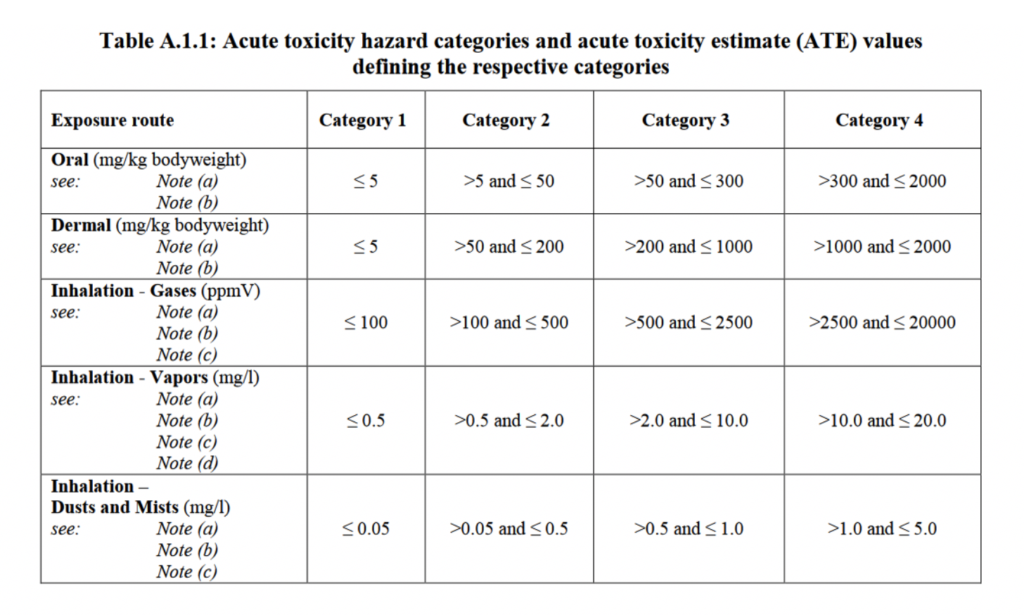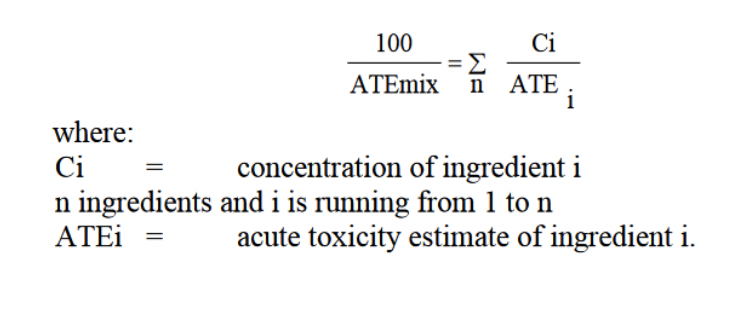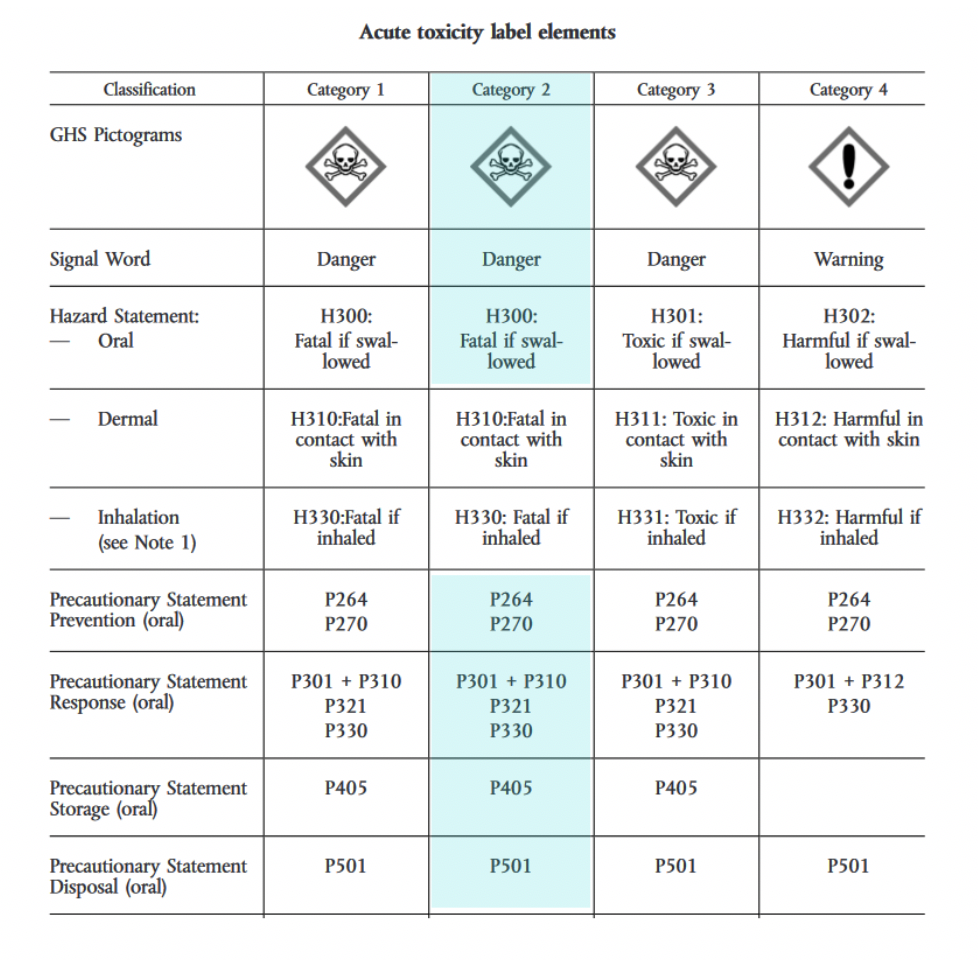The State of the SDS
Communicating hazards of chemicals has been an admirable goal of affected parties for many decades. Material Safety Data Sheets (MSDS) and newer Safety Data Sheets (SDS) accomplish effective communication of hazards of chemicals used in the workplace. Complimenting these documents, labelling requirements through the Globally Harmonized System (GHS) provide needed information at the point of use for chemicals.
Model legislation promulgated through the United Nations has given regulatory bodies a template to implement. The current version of the model legislation is the Globally Harmonized System of Classification and Labelling of Chemicals (GHS). This legislation is also known as the “Purple Book”, currently in its 7thedition.
Regulatory bodies, such as the US Department of Labor and the Occupational Safety and Health Administration (OHSA), implemented the GHS model legislation. OSHA adopted its Hazard Communication Standard (HCS) in 2012. The European Community’s Regulation No 1272/2008 has adopted a similar model legislation.
Readers must be advised that each nation’s regulation need be thoroughly researched, as they are not exactly the same. The US and EU have adopted slightly different requirements for the classification of substances.
- Pyrophoric Gases, Category 1 is not in the UN legislation or the EU regulation, but is in the OSHA HCS
- HCS has four classes of Flammable Liquids to the EU’s three
- The EU requires sections and subsections in the SDS to follow a required numbering standard
- HCS requires different exposure limits than other nations
These differences explode the complexity of information flowing into and out of companies handling many chemicals. Suppliers who believe they have submitted a valid 16-part SDS to US companies are often unaware of these slight differences in each regulation. The SDS you prepare for the EU is likely not valid for the US.
The preparation of SDS’s has become increasingly scientific, and the companies producing these documents need be aware of the scientific basis for classification and labelling of chemicals. When you know the toxicity values from scientific experiments, you can classify a chemical to its category. If we know the toxicity doses that are lethal to a test species, we can classify its hazards. The below table is from the OSHA HCS 2012, Appendix A.

If a chemical has an orally-administered lethal dose of 25 mg/kg bodyweight in tested rats, then we can classify its Acute Oral Toxicity Hazard as Category 2.
Mixtures of chemicals can be classified based on calculating their impact on toxicity by the percentage of the mixture. If you know the acute toxicity of each ingredient, we can achieve an estimate of the mixture. This is summarized in the below calculation (again from the OSHA HCS 2012, Appendix A).

We can then assign Signal Words, Pictograms, Hazard Statements and Precautionary Statements for a chemical or mixture based on the hazard and its category. There are over 30 hazard classifications, so be aware that there is a lot of data to gather.
For example, EC Regulation 1272/2008 directs us to use the below table to determine the Pictogram, Signal Word, Hazard Statement, and Precautionary Statement for an Acute Oral Toxicity Hazard, Category 2 chemical or mixture.

These Pictograms along with the Signal Word, Hazard Statements, and Precautionary Statements can then be used on the SDS and on GHS-compliant label to communicate appropriate hazards to end users of chemicals. Training and access to this information allows end users to ensure their health is conserved.
If you have any further questions in regard to SDS’s feel free to contact First Source Worldwide.



